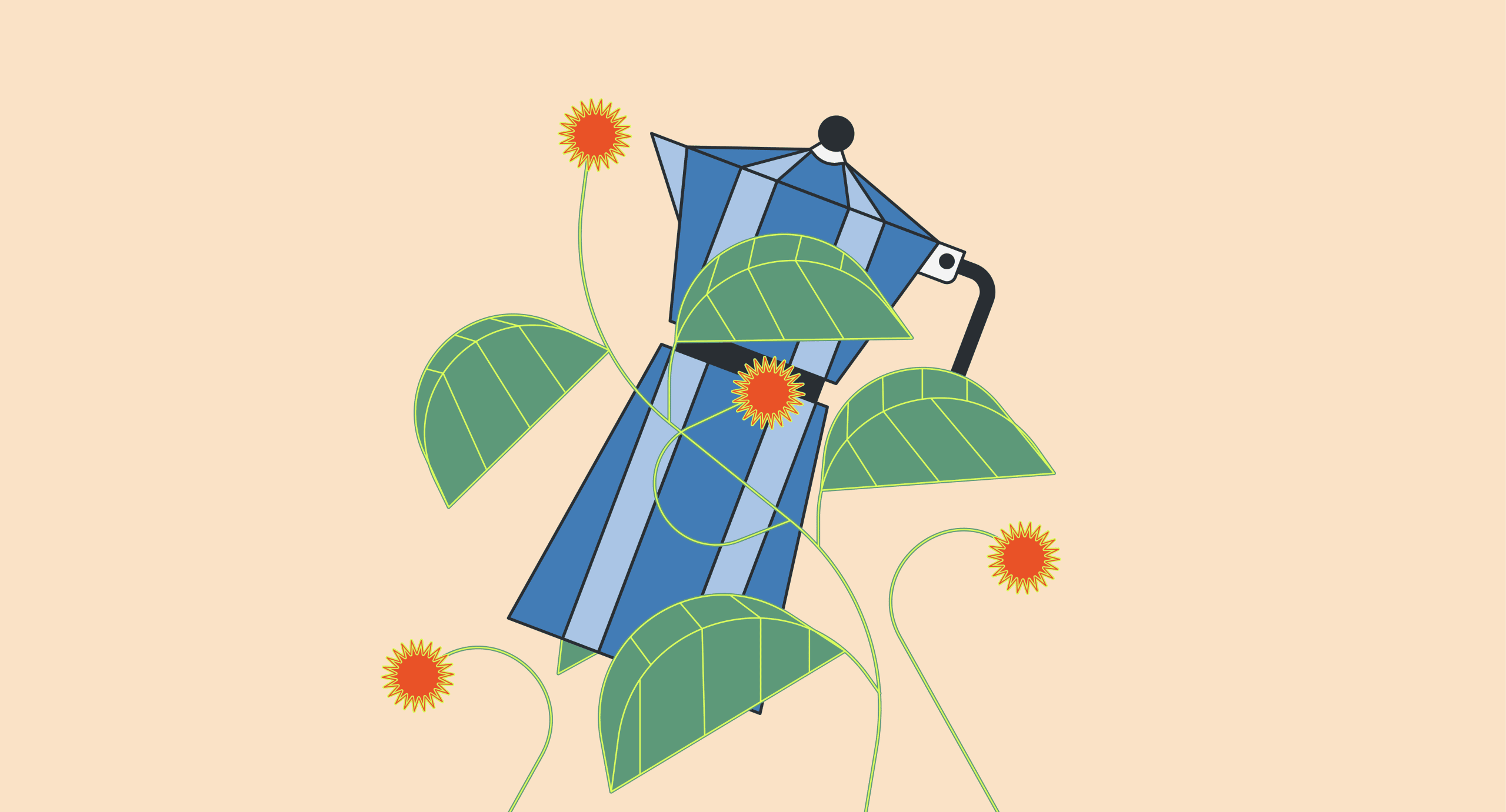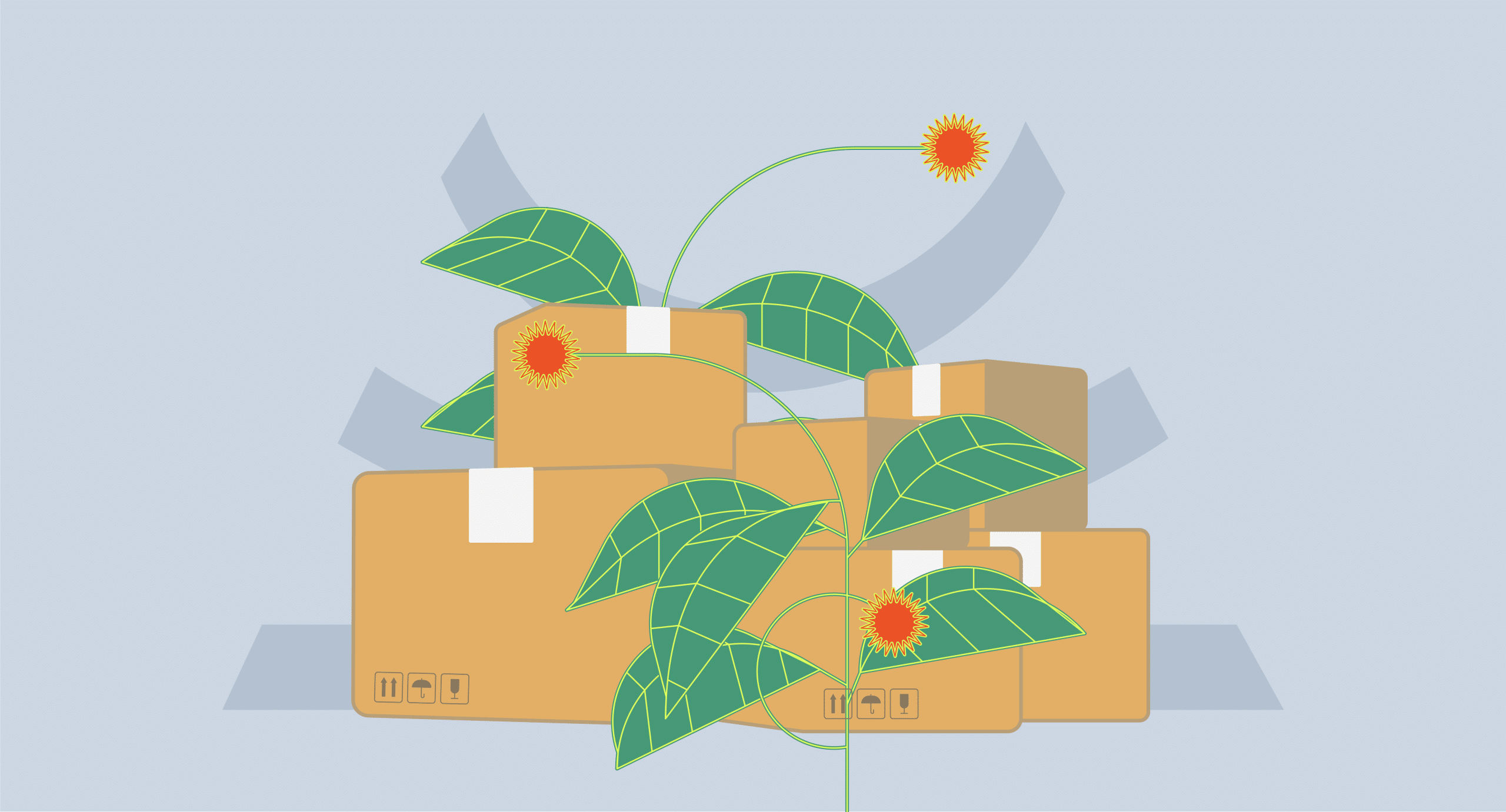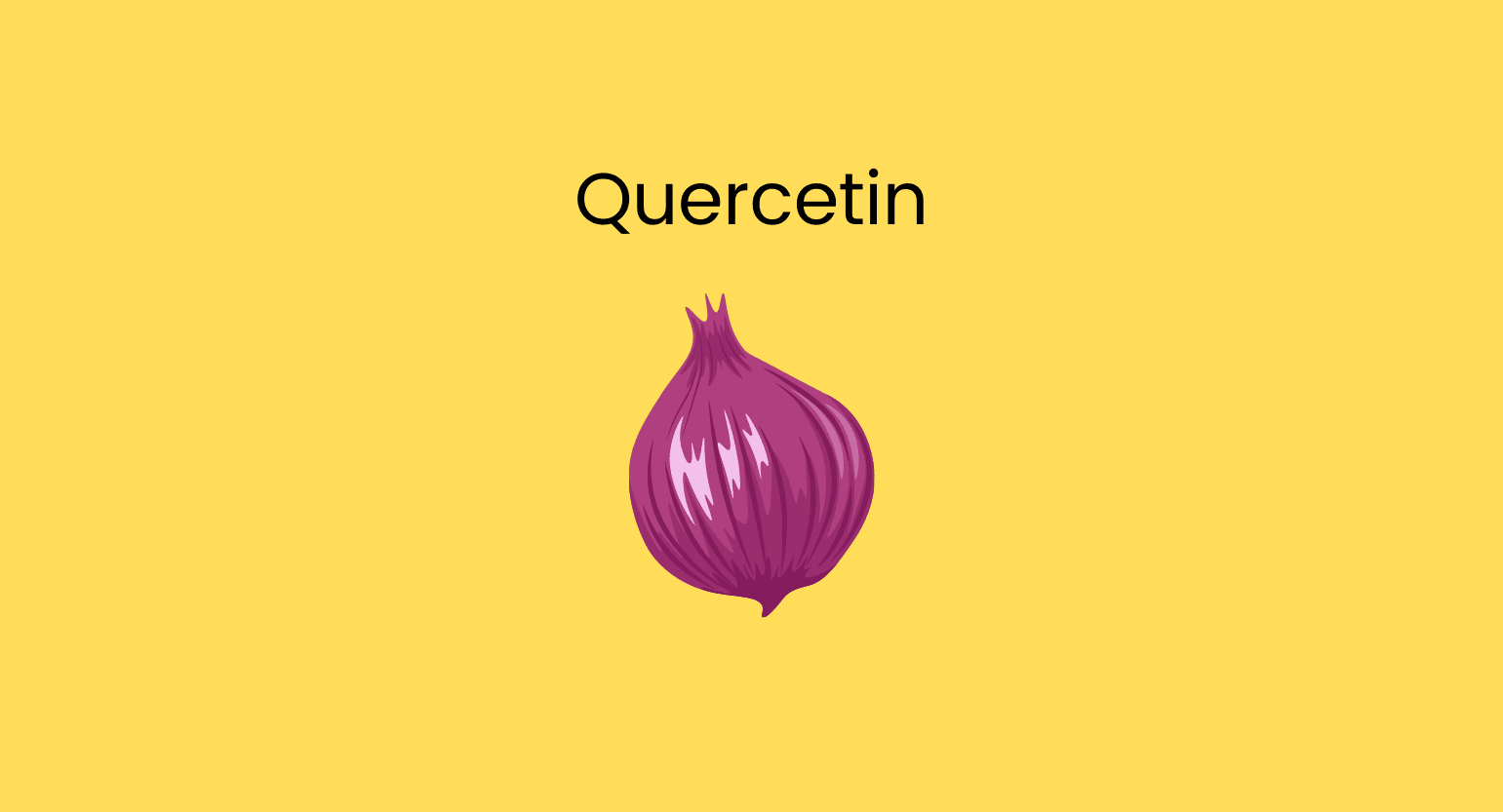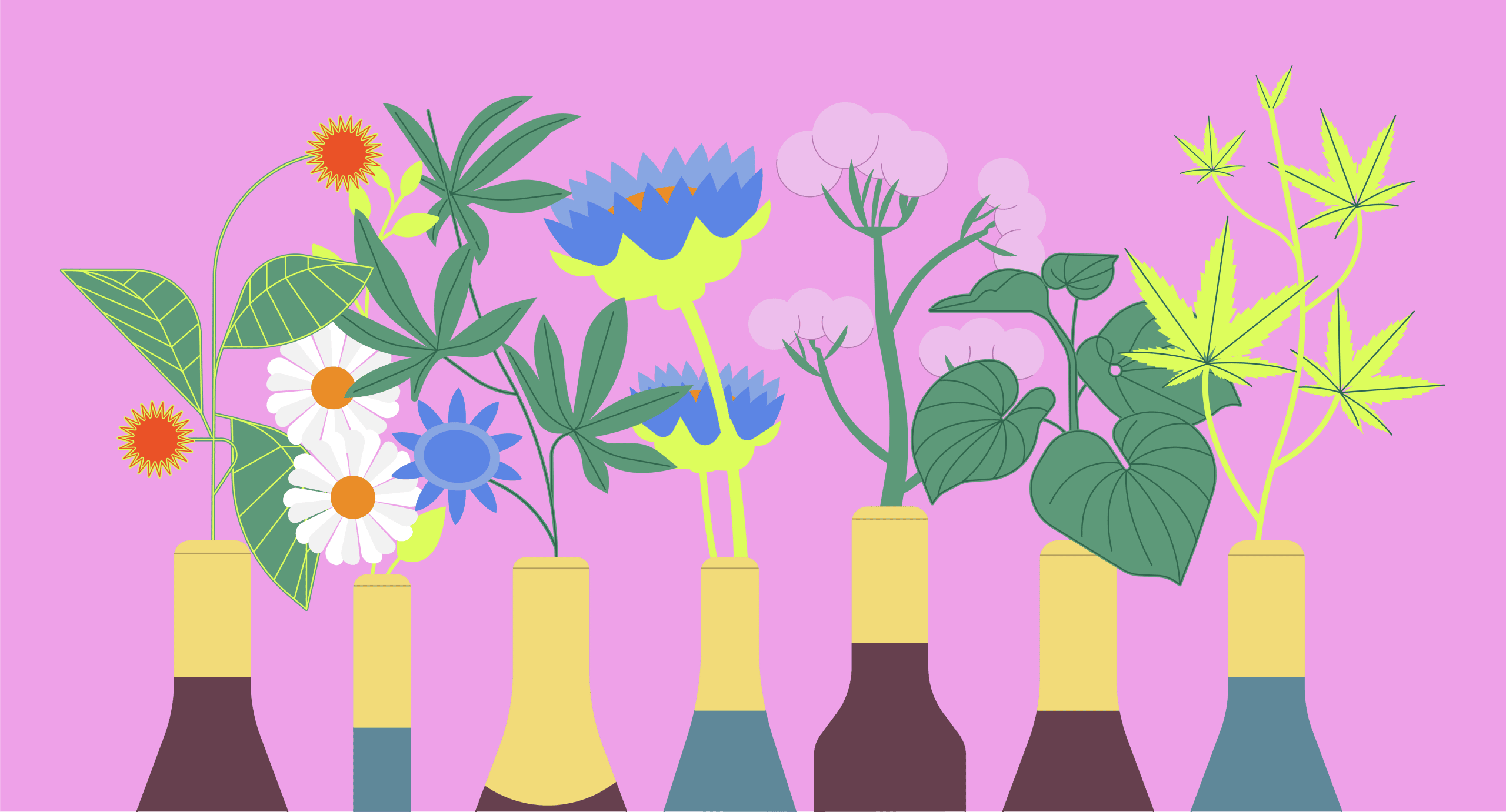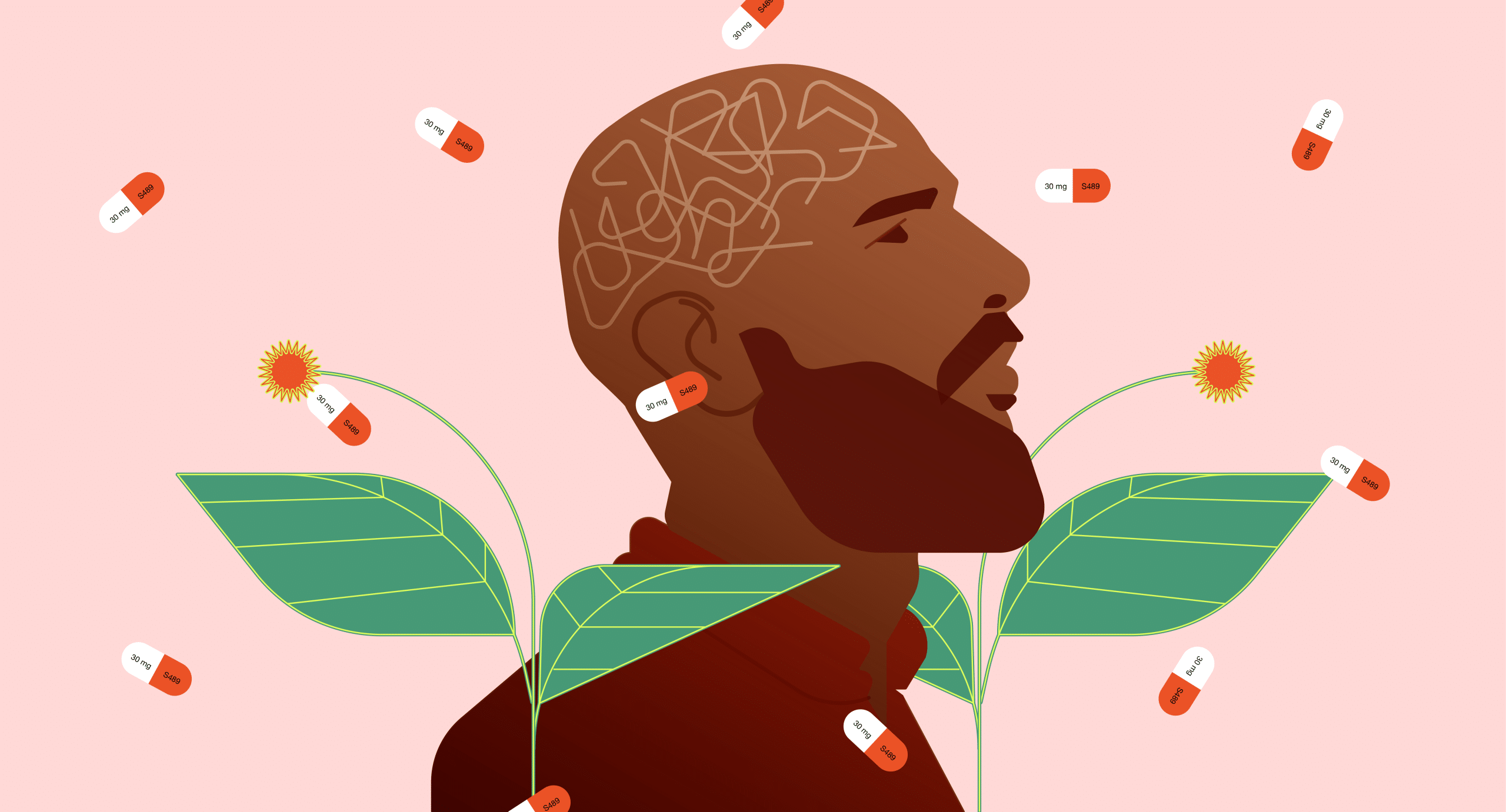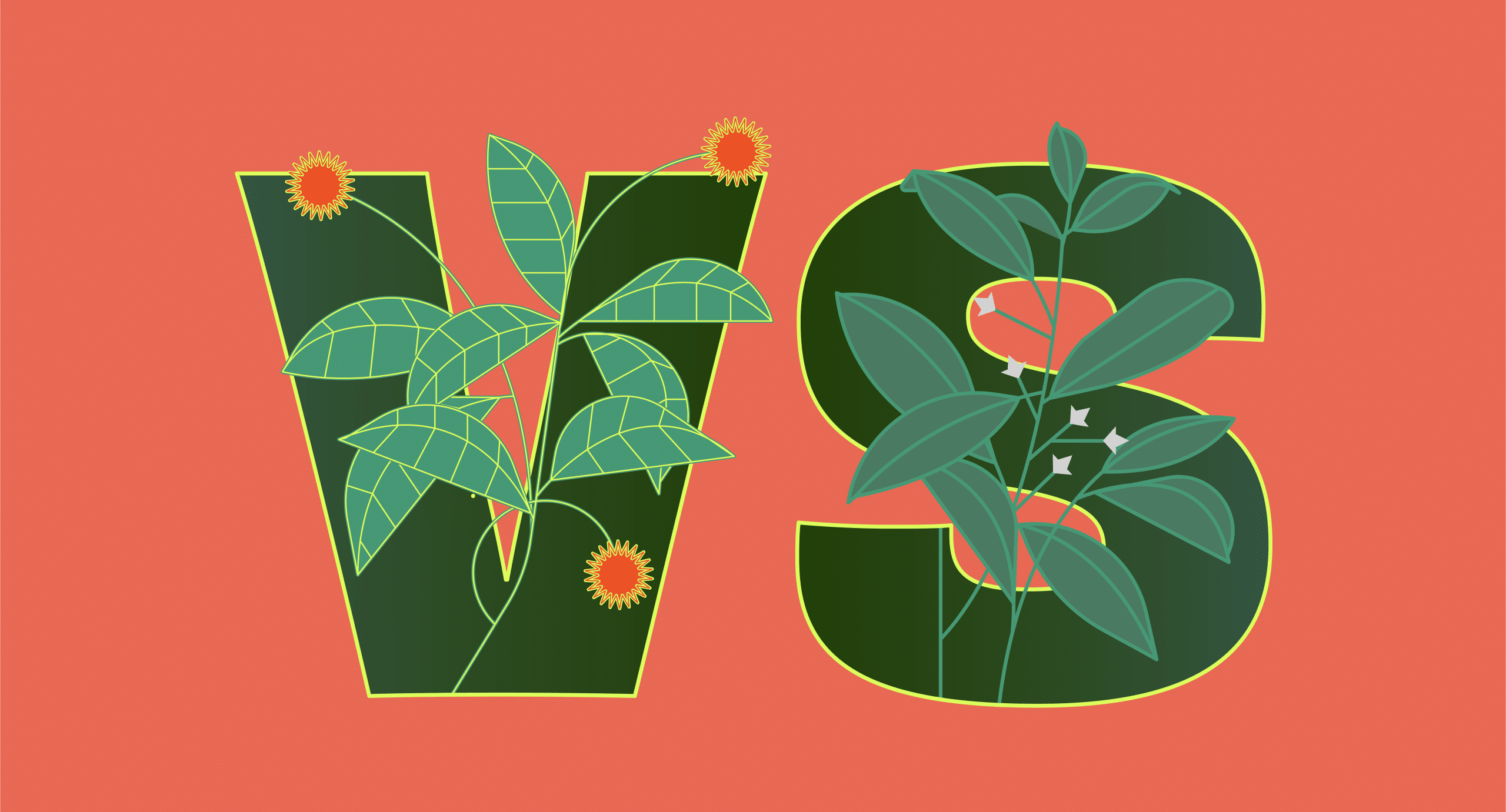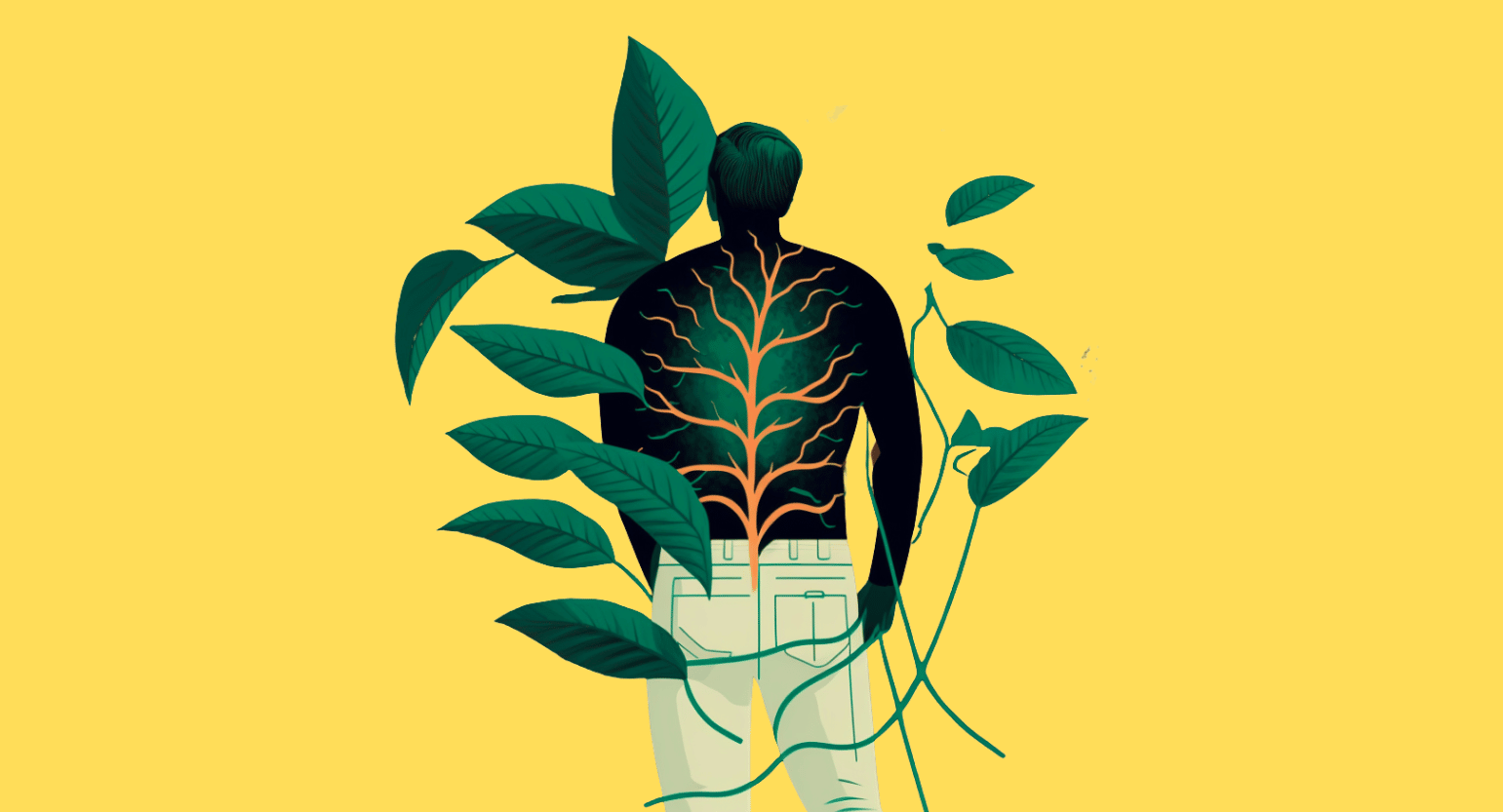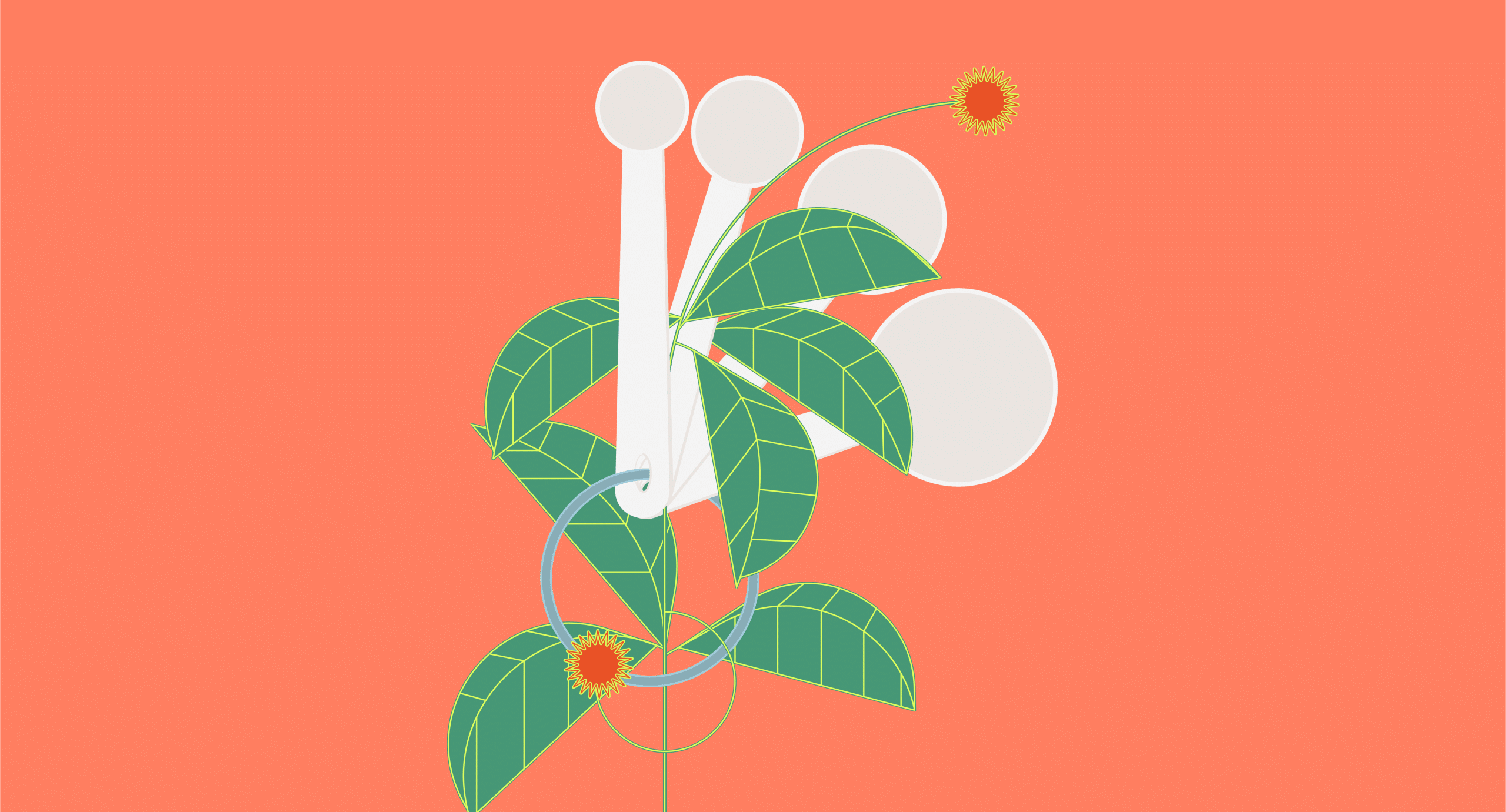Best 13 Coffee Alternatives
There are tons of substitutes for coffee, but only some contain caffeine. Natural products like kratom and green tea have a long history as energy boosters, especially when taken in the proper doses at the right times of the day.
By opting for a substitute, you can avoid some side effects of excessive coffee consumption, like headaches, fatigue, and caffeine dependency. However, some of these substances have their own list of side effects.
Related: 15 Herbs for Energy
1. Kratom
Kratom takes the top position on our list of the best coffee alternatives.
Kratom is interesting because it is both a stimulant and a sedative or painkiller, depending on the dosage. In small doses, it provides energy boosts and euphoria; in large amounts, it has a sedating and analgesic effect.
Kratom is genetically similar to coffee and boosts the central nervous system, just without caffeine. This causes users to feel more alert and focused.
Kratom has a bitter taste, so you may want to experiment with different ways to use kratom powder, like making it into a tea or smoothie.
Usually, kratom comes in powder form, making it easy to control your dosage. Just like some people have one cup of coffee and others have a few, the correct dose of kratom is different for everyone. Typically, we split kratom consumption into two dosage categories.
This chart outlines the differences between low and high doses of kratom.
| Dosage Amount | Grams | Effect Profile |
| Low Dose | 2-6 grams of dried powder | Stimulating; uplifts mood, improves performance and focus |
| High Dose | 6-12 grams of dried powder | Sedating, relaxing, anxiolytic, analgesic, aphrodisiac |
Overall, kratom is a great alternative to coffee, has many mood-boosting qualities, and promotes clarity of mind and focus.
In small doses, it’s a great option for those looking to increase awareness and wakefulness. Learn more about the research on kratom’s therapeutic effects, so you can make the switch from coffee.
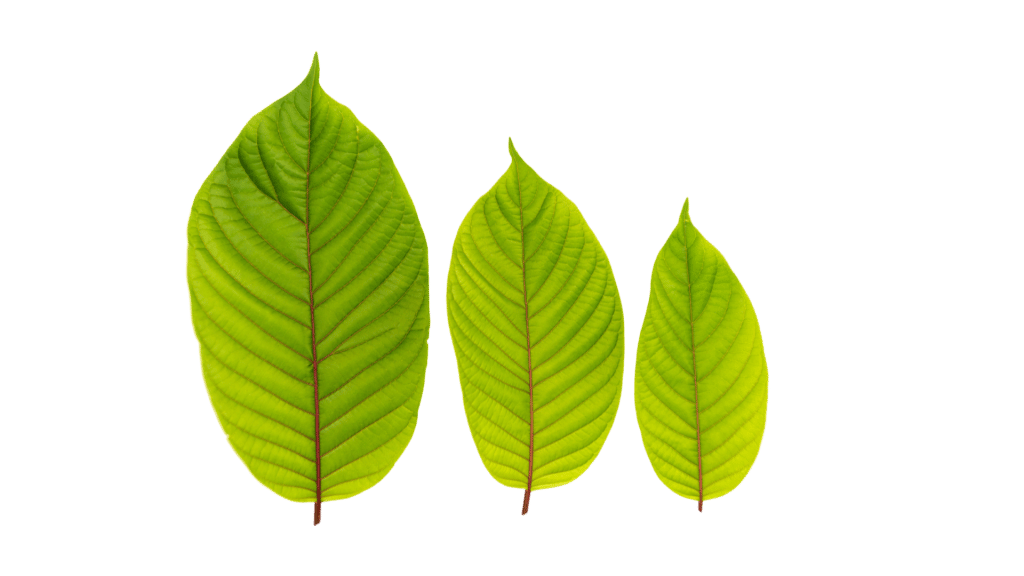
2. Guarana
Guarana is a climbing plant native to the Amazon whose seeds contain approximately four times the amount of caffeine found in coffee beans [1].
Between the high caffeine content and other naturally occurring chemicals in guarana, it acts as a powerful stimulant that boosts energy and productivity. In addition to acting as a stimulant, guarana contains antioxidants, can minimize fatigue [2], and has other medicinal properties. Guarana has a few other valuable effects, including its ability to increase memory and learning capacities [3].
Thanks to its impressive naturally stimulating effects, guarana is an herbal additive in energy drinks and other products designed to increase stamina, focus, and mood.
Most studies suggest that the best doses of guarana range from 50-300 mg, depending on your body weight, height, health conditions, diet, and the frequency with which you plan to take it.
Guarana is usually available in powder form and can be mixed with water or juice or taken in gel capsules. Both of these options make for easy measurement.
Ultimately, guarana is a powerful alternative to coffee because it contains more than triple the amount of caffeine while still promoting cognitive skills and alertness.
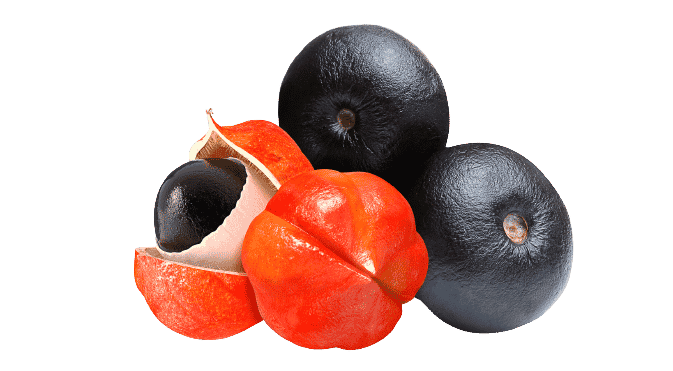
3. Green Tea
Green tea is derived from the leaves of the Camellia sinensis and has been around for thousands of years, serving many medicinal purposes.
Green tea contains about 30-50 mg of caffeine per serving and is known for improving mental clarity and promoting alertness.
Aside from its stimulant properties, it has a few common uses, including headache reduction (which is common in many caffeine-containing supplements), weight loss promotion, and a variety of other therapeutic properties.
Like coffee, green tea is packed with antioxidants [4] that help protect the body from many common illnesses and diseases, including the ability to limit the absorption of unhealthy LDL cholesterol [5]. This is because its stimulant properties impact brain function and alertness and also help stimulate the body’s immune system.
For those looking for a coffee replacement to stay alert while still getting added health benefits, green tea is a great option.
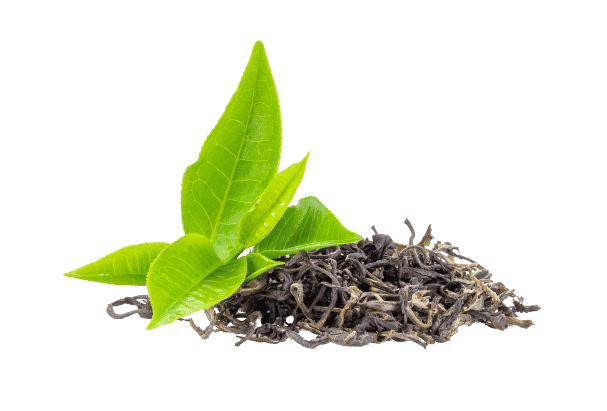
4. Maca Powder
Maca is a low-growing perennial plant that forms its leaves quite close to the ground. It’s made by grinding the dried roots and has a sweet, nutty, butterscotch-like taste. It is thought to boast a variety of health benefits and offers general nutrition.
As a coffee alternative, maca extract can increase exercise performance and energy for athletes [6] as well as offer various stimulating and energizing effects like increased stamina [7].
Maca raises sexual desire and might promote fertility and reproductive functions [8]. It can enhance well-being and mood and improve memory.
There is some dispute about maca’s safety as a supplement for energy, libido, or other medicinal uses. Still, most research suggests that there is little to no danger in consuming maca [9].
If you like the idea of maca as your coffee replacement, you have a few choices for consumption. It tastes better than most other powdered stimulants, so some users just mix it with milk and drink it. Others prefer to add the powder to a smoothie or cereal or include it in the batter for baked goods since it’s already fairly sweet.
When it comes to dosing maca, most studies report that 1-3 grams per day are appropriate. As with all new supplements, start by adding small amounts to your regimen and work your way up until you feel comfortable with the benefits.
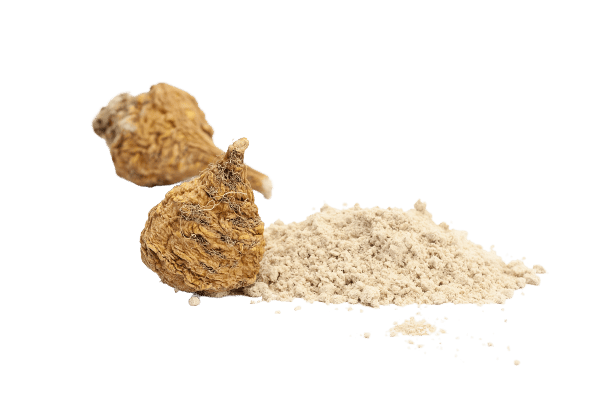
5. Yerba Maté
Yerba maté is a popular plant-based, natural herbal supplement similar to tea and coffee but more aptly known as an infusion. It’s made from the leaves and stems of the Ilex paraguariensis.
Just like coffee and tea, yerba maté contains caffeine and acts as a central nervous system stimulant [10].
Most commonly, it is used to improve athletic performance, enhance memory and thinking, and counteract fatigue [11].
Yerba maté plays a role in energy preservation, too. It can increase energy expenditure and simultaneously support weight loss [12].
Yerba maté — often called mate for short — has a relatively bitter and earthy taste, so many people mix in fruits, sweeteners, or other additives to make the taste more enjoyable.
Like many caffeinated beverages, it contains antioxidants, making it a healthy alternative to coffee.
The right dose of yerba maté depends on age, weight and height, diet, and health condition. In its native locations like Argentina, drinkers consume between one and two liters of yerba maté a day!
If you’re new to maté, start small. Consider having one maté cup per day. Notice how it impacts your body. If you need more, increase your dosage until you have the stimulating effects you’re looking for.
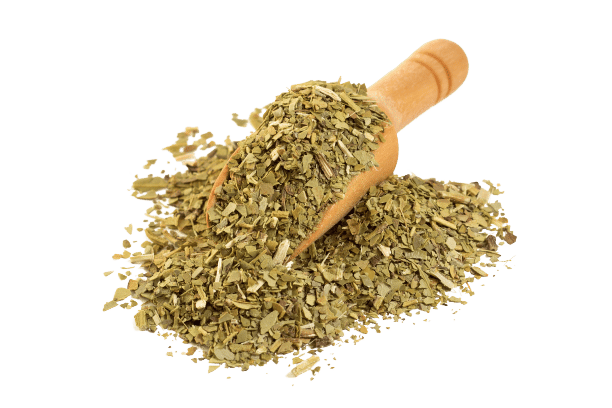
6. Coca Leaf
There is no doubt about it, coca leaf is a stimulant.
It’s been used for centuries in indigenous cultures to promote energy and focus, thanks to its alkaloid components. In fact, in many native traditions, it is a natural medicine and is used as part of religious and spiritual ceremonies.
The coca leaf is typically found in two varieties and comes from the Andean region of South America.
Customarily, the effects of the coca leaf are obtained by chewing on it, which releases its stimulating properties so the body can absorb them.
Other, more notorious uses for the coca plant call for isolating the most prominent alkaloid — cocaine — but this practice is widely considered illegal.
Coca leaves offer various benefits to users, including calories, carbohydrates, minerals, and vitamins, which become a source of energy and nutrients to the user [13].
Native coca leaf users typically consume around 60 grams of coca leaf chewed per day. In this setting, it is often used to suppress hunger, reduce hunger pain, minimize altitude sickness and fatigue, and support fasting [14].
If used as a coffee replacement, consider drinking coca leaf tea. It may be hard to get a hold of the raw leaves, but from time to time, coca leaf tea bags may present themselves and are easier to dose than the raw leaves.
If you do find coca leaf tea, start with just one glass of tea and observe the effects. If you desire more stimulation, increase your dose until you find the right balance of clarity and focus.
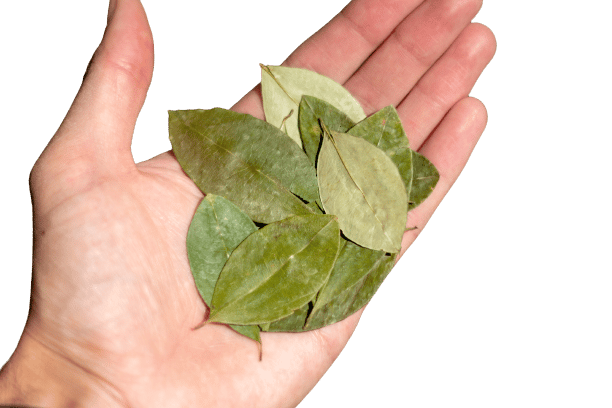
7. Taurine
Taurine is a naturally occurring amino acid compound often found in the human brain, fish, meat, animal tissue, and, surprisingly, bile. Taurine is essential for cardiovascular health and plays an active role in the physiological functions of the central nervous system [15].
Taurine is considered an antioxidant and especially important for human development; without it, growth can be stunted [16].
This compound is frequently included in energy drinks and exercise supplements in quantities between 1000 and 2000 milligrams per serving because it may have anabolic and performance-enhancing effects [17]. This, paired with its neuroprotective qualities, makes it a good choice for a coffee replacement.
You can add taurine as an energy and performance enhancer to your diet by opting for an energy drink that contains this amino acid, or you can buy it in pills or capsules. Follow the suggested serving sizes until you find the right amount for your body.
Most research suggests that taurine should not be consumed with alcohol, and young adults with developing brains should avoid energy drinks that mix taurine and caffeine [18].

8. Racetams
Racetams are a class of pharmaceutical drugs that may act as stimulators within the central nervous system. They can enhance memory and are often categorized as nootropics that improve cognitive processes and mental functioning [19].
Although there is limited conclusive research on racetams, some individual reports suggest that racetams increase blood flow, speed up metabolism, and produce the sensation of increased energy.
Of course, as a nootropic, it is likely a cognitive enhancer and may improve focus. Racetams, like piracetam, could be a substitute for coffee.
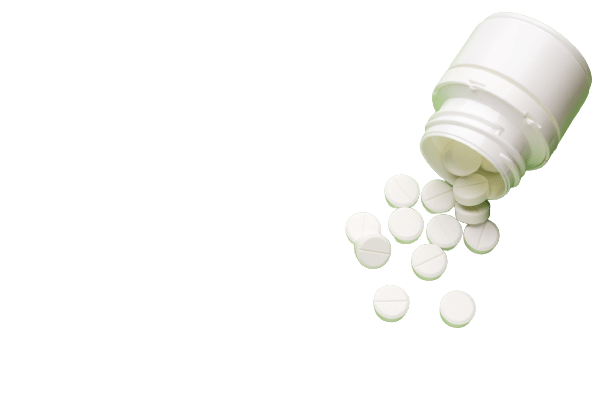
9. Caffeine Pills
Caffeine pills are pure caffeine in a convenient pill. These tablets help restore alertness and wakefulness and decrease fatigue or drowsiness.
Caffeine tablets are produced by manufacturers and are typically sold in retail stores or pharmacies. Inasmuch, they must adhere to certain regulations.
The recommended dose is typically ½ to 1 full tablet, and its effects should last between three and four hours.
Use caffeine pills sparingly as a coffee replacement.
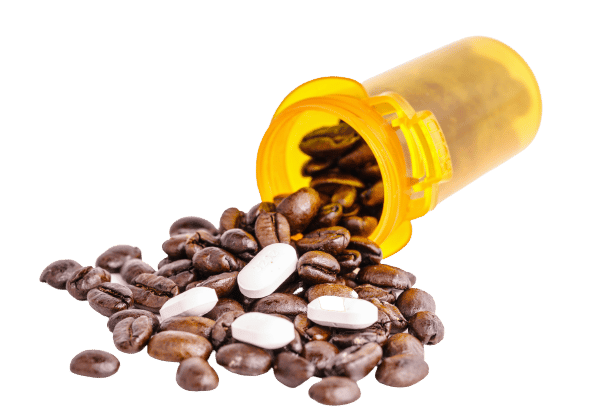
10. THCV
THCV, or delta 9 tetrahydrocannabivarin, is a cannabinoid from the marijuana plant that upregulates metabolism and energy [20]. This makes THCV a good coffee alternative for those seeking improved energy and weight loss.
User reports suggest that THCV produces a sense of euphoria, motivation, alertness, and the feeling of being energized. Some research indicates that THCV helps restore the body’s natural balance by promoting the body’s natural energy usage [21].
For those seeking a plant-based and healthy energy boost, THCV could be the best coffee replacement.
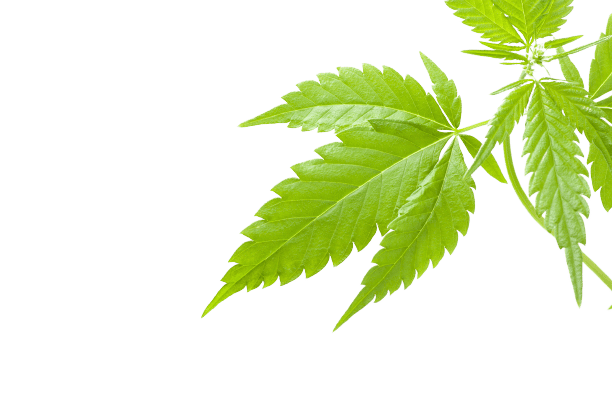
11. Cacao (Theobromine)
Theobromine is an alkaloid in cacao — the source of chocolate’s bitter taste. It acts as an antioxidant and also stimulates the central nervous system, working with the caffeine in cacao to provide a boost [31].
Cacao beans have long been cultivated for medicinal therapeutic properties, ritual experiences, and great taste.
As if these qualities aren’t desirable enough, cacao contains naturally occurring caffeine, about half the quantity of caffeine found in a cup of coffee. Cacao is also known to have fewer negative side effects than traditional caffeinated coffee [22].
Cacao is one of the top choices for coffee replacements since it has a sweet, enjoyable taste and produces similar energy and focus without the adverse side effects of coffee.
Theobromine can also be used as a supplement apart from cacao.
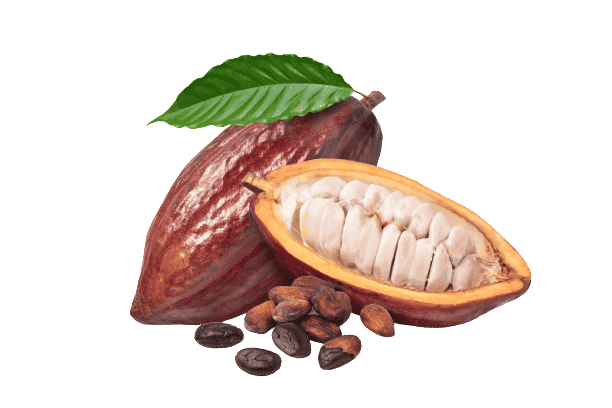
12. Bitter Orange (Synephrine)
Bitter orange is a fruit that grows in the Mediterranean, eastern Africa, Southeast Asia, and a handful of other relatively warm climates. It contains synephrine, a compound similar to ephedra.
Its medicinal properties have historical uses, including promoting weight loss because of its stimulating effects. Some research indicates that it increases metabolic rate and energy expenditure, which could be a suitable coffee replacement [23].
Bitter orange is also said to improve sports performance, mental focus, and cognition [24].
An added benefit is that bitter orange does not contain caffeine. This could be a great option for those seeking a caffeine-free coffee alternative.
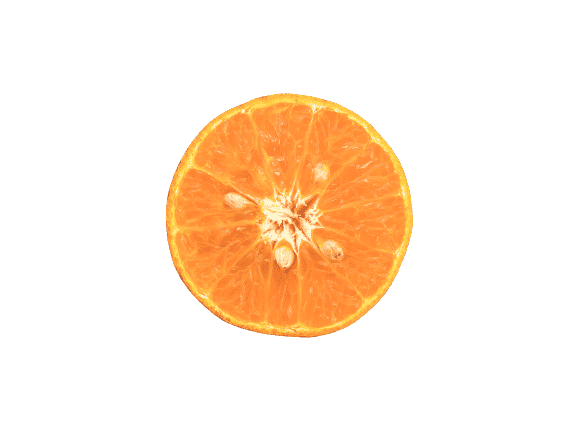
13. Yohimbe
Yohimbe is an evergreen tree from Africa that produces a stimulating compound called yohimbine in the tree bark.
Yohimbe improves athletic performance and can be an aphrodisiac that helps sexual performance. In some cases, Yohimbe is powerful and can increase heart rate.
Yohimbe is included in many energy drinks and products [25] because it stimulates and increases metabolic expenditure [26].
Yohimbe is a natural option for those seeking coffee replacements.

What Is Coffee?
Coffee is the world’s favorite drink. This caffeinated beverage’s origins can be traced back to the Ethiopian plateau.
According to legends, a goat herder noticed that his goats became incredibly energized after eating berries from a certain tree [27]. He told some local monks in the monastery about the phenomenon, and almost as quickly as it takes to brew a cup of coffee, news of the extraordinary, energizing plant made it around the globe.
Coffee trees and shrubs from the genus Coffea produce green waxy leaves with coffee cherries growing from the branches. The coffee plant is unique in that it has a continuous growing pattern. This means that new, unripened cherries grow alongside ready-to-harvest coffee cherries.
Once mature, fresh cherries pass through a machine that extracts the skin from the coffee bean. The raw coffee beans are then roasted. It’s best to leave them to rest for a few days so the most robust flavors can come through.
After that, coffee drinkers simply grind the coffee beans into a coarse powder and pour almost-boiling water overtop.
What comes out is a brown, aromatic beverage that has flavor profiles including acidity, bitterness, sweetness, saltiness, and sourness.
The Two Main Types of Coffee
There are two species of coffee beans, Arabica and Robusta — each has a unique growing environment and flavor profile.
Arabica
Arabica coffee beans derive from Ethiopia, which, according to folklore, is where coffee originated.
Arabica coffee beans are said to produce flavorful but mild-tasting coffee. It’s the most popular choice for coffee worldwide (making up over 70% of the world’s coffee) since it doesn’t have a strong bitter taste.
Growing Arabica coffee is challenging because the plant calls for a highly specialized climate that is humid, shady, and between 60-75℉. These plants thrive at high altitudes, usually in mountainous regions between 3,000-6,000 feet above sea level. Since the fickle growing conditions required to grow Arabica coffee are few and far between, Arabica beans are among the most expensive.
Robusta
Robusta coffee beans produce a nuttier, earthier, and more bitter flavor profile coffee than Arabica beans. Although they have a bolder taste, Robusta beans also contain more than half Arabica coffee’s caffeine content. The bold taste means stronger coffee.
Robusta coffee is less expensive than Arabica coffee because it is not as temperamental during the growing process. Robusta beans can be grown in a wider temperature range, between 65-95℉, and the plant is more pest resistant. It also holds up well against rainfall changes and harsh sun.
This bean is most commonly used in coffee blends due to the bold, bitter flavor but is also often found in instant coffee.
What is Caffeine?
Caffeine is a bitter compound that occurs naturally in over 60 plants and stimulates the central nervous system.
Natural caffeine is most often consumed through drinks like coffee and tea. A standard 8 oz cup contains just below 100 mg of caffeine.
The most frequently cited direct effects of caffeine include wakefulness and energy boosts, but it also increases brain function, blood flow, and hormone circulation.
In low doses, caffeine can help consumers feel refreshed and increase focus. Most reports suggest that users can safely consume up to 400 mg of caffeine daily.

Is Caffeine Safe?
In small doses, caffeine is considered safe; but in large amounts, or when mixed with alcohol, it can be dangerous. Excessive coffee consumption can lead to some health problems, while in some instances, coffee can be good for you [32].
Some health benefits of coffee include:
- Antioxidant-rich
- Anticancer qualities
- Anti-inflammatory (reduced risk of type 2 diabetes)
- Slows the onset and progression of Alzheimer’s disease and dementia [28]
- Hepatoprotective (prevents liver damage) [29]
While there can always be more research, the results suggest that caffeine in small and moderate doses is safe.
If you’re not sure about the overall safety of caffeine, opt for a coffee alternative such as kratom to avoid the possibility of health issues, especially if you plan to mix kratom and coffee.
What Risks Are Associated With Coffee?
Coffee tends to have a bitter and acidic flavor profile, but aside from the taste, there are a few reasons that you may want to avoid coffee and opt for a substitute.
One of the main qualms is that coffee’s stimulant ingredient, caffeine, is physically addictive and can be habit-forming [30].
In addition to the chemical dependency, the rise of coffee culture, and the ritual pleasure of a daily cup of hot coffee, coffee can be psychologically and emotionally habit-forming. The World Health Organization recognizes caffeine dependence as a clinical disorder.
Those with caffeine dependence may experience caffeine withdrawal symptoms if they stop using it [33].
Coffee withdrawal symptoms include:
- Migraine or headache
- Fatigue
- Decreased energy
- Drowsiness
- Fogginess
- Mood swings
Another health concern about coffee is that because it is a stimulant, it increases blood pressure and heart rate, which can have adverse effects on the body, especially for those almost 116 million Americans with hypertension.
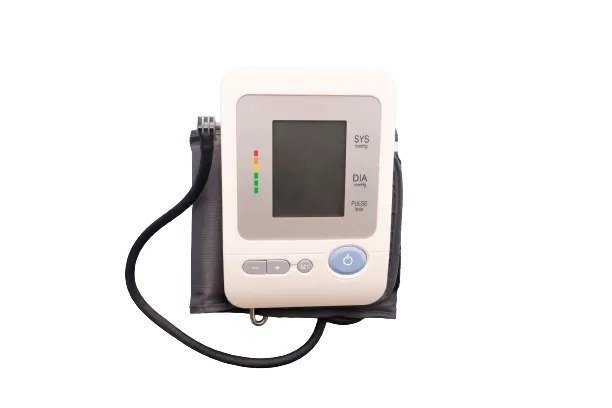
What Are the Side Effects of Coffee?
The caffeine in coffee has a long list of undesirable side effects ranging from mild to severe to even fatal, though the more severe effects are rare.
Drinking coffee may have some benefits, like improved energy or focus. Still, the adverse effects could be harmful enough that opting for a coffee alternative such as green tea or kratom is a better choice for some people.
Adverse side effects of caffeine include:
- Anxiety
- Hallucinations
- Insomnia
- Irritability
- Psychosis
- Restlessness
- Seizure
In addition to some of these mild and severe side effects, dependence and withdrawal are common for regular coffee drinkers.

Final Thoughts: Top Coffee Alternatives
Coffee is not usually harmful, but it does have some adverse effects and could produce dependency if used regularly or in excess.
Coffee contains caffeine, a CNS stimulant, which means that while it may offer an energy boost or improved focus, it raises blood pressure and heart rate, which can be dangerous.
Although coffee has a long history and overall enjoyment across the globe, there are a few coffee alternatives that may be less damaging when it comes to boosting energy, concentration, and performance.
Natural and herbal coffee substitutes like kratom and cacao are great coffee alternatives for those seeking to improve stamina with little or no caffeine.
If you’re ready to replace your daily cup of coffee with a caffeine-free option, try buying kratom online and enjoy it as a hot tea or in your smoothie.
- Moustakas, D., Mezzio, M., Rodriguez, B. R., Constable, M. A., Mulligan, M. E., & Voura, E. B. (2015). Guarana provides additional stimulation over caffeine alone in the planarian model. PloS one, 10(4), e0123310.
- del Giglio, A. B., Cubero, D., Lerner, T. G., Guariento, R. T., de Azevedo, R. G., Paiva, H., Goldman, C., Carelli, B., Cruz, F. M., Schindler, F., Pianowski, L., de Matos, L. L., & del Giglio, A. (2013). Purified dry extract of Paullinia cupana (guaraná) (PC-18) for chemotherapy-related fatigue in patients with solid tumors: an early discontinuation study. Journal of dietary supplements, 10(4), 325–334.
- Ruchel, J. B., Braun, J., Adefegha, S. A., Guedes Manzoni, A., Abdalla, F. H., de Oliveira, J. S., Trelles, K., Signor, C., Lopes, S., da Silva, C. B., Castilhos, L. G., Rubin, M. A., & Leal, D. (2017). Guarana (Paullinia cupana) ameliorates memory impairment and modulates acetylcholinesterase activity in Poloxamer-407-induced hyperlipidemia in rat brain. Physiology & behavior, 168, 11–19.
- Yoichi Fukushima, Takashi Ohie, Yasuhiko Yonekawa, Kohei Yonemoto, Hiroki Aizawa, Yoko Mori, Makoto Watanabe, Masato Takeuchi, Maiko Hasegawa, Chie Taguchi, and Kazuo Kondo. Coffee and Green Tea As a Large Source of Antioxidant Polyphenols in the Japanese Population. Journal of Agricultural and Food Chemistry 2009 57 (4), 1253-1259.
- Vitthal V. Chopade, Atul A. Phatak, Aman B. Upaganlawar and Anil A. Tankar. (2008) Pharmacognosy Reviews: Plant Review Green Tea ( Camellia Sinensis): Chemistry, 157-162.
- Mark Stone, Alvin Ibarra, Marc Roller, Andrea Zangara, Emma Stevenson, A pilot investigation into the effect of maca supplementation on physical activity and sexual desire in sportsmen, Journal of Ethnopharmacology, Volume 126, Issue 3, 2009, Pages 574-576.
- Eun Hye Choi, Jung Il Kang, Jae Young Cho, Seung Ho Lee, Tae Seok Kim, Ik Hyun Yeo, Hyang Sook Chun, Supplementation of standardized lipid-soluble extract from maca (Lepidium meyenii) increases swimming endurance capacity in rats, Journal of Functional Foods, Volume 4, Issue 2, 2012, Pages 568-573.
- Gustavo F. Gonzales, “Ethnobiology and Ethnopharmacology of Lepidium meyenii(Maca), a Plant from the Peruvian Highlands”, Evidence-Based Complementary and Alternative Medicine, vol. 2012, Article ID 193496, 10 pages, 2012.
- Gonzales-Arimborgo, C., Yupanqui, I., Montero, E., Alarcón-Yaquetto, D. E., Zevallos-Concha, A., Caballero, L., Gasco, M., Zhao, J., Khan, I. A., & Gonzales, G. F. (2016). Acceptability, Safety, and Efficacy of Oral Administration of Extracts of Black or Red Maca (Lepidium meyenii) in Adult Human Subjects: A Randomized, Double-Blind, Placebo-Controlled Study. Pharmaceuticals (Basel, Switzerland), 9(3), 49.
- C.I. Heck, E.G. De Mejia, Yerba Mate Tea (Ilex paraguariensis ): A Comprehensive Review on Chemistry, Health Implications, and Technological Considerations, Journal of Food Science, Volume 72, Issue 9, 2007, R138-R151.
- Bastos, D. et.al Yerba maté: Pharmacological Properties, Research, Biotechnology, Medicinal, and Aromatic Plant Science and Biotechnology, Global Science Books, 2007.
- Liza Ghassan Riachi, Carlos Alberto Bastos De Maria, Yerba mate: An overview of physiological effects in humans, Journal of Functional Foods, Volume 38, Part A, 2017, Pages 308-320.
- Biondich, A. S., & Joslin, J. D. (2016). Coca: The History and Medical Significance of an Ancient Andean Tradition. Emergency medicine international, 2016, 4048764.
- Bolton, R., On Coca Chewing and High-Altitude Stress, Current Anthropology, Volume 20, Number 2, 1979, Pages 418-425.
- Menzie, J., Pan, C., Prentice, H. et al. Taurine, and central nervous system disorders. Amino Acids 46, 31–46 (2014).
- Birdsall TC. Therapeutic applications of taurine. Alternative Medicine Review: a Journal of Clinical Therapeutic. 1998 Apr;3(2):128-136.
- Caine, J., Geracioti T., Taurine, Energy Drinks and Neuroendocrine Effects, Cleveland Clinic Journal of Medicine, Volume 83, Number 12, 2016, Pages 895-904.
- Curran, C. P., & Marczinski, C. A. (2017). Taurine, caffeine, and energy drinks: Reviewing the risks to the adolescent brain. Birth defects research, 109(20), 1640–1648.
- Vernon, M. W., & Sorkin, E. M. (1991). Piracetam. An overview of its pharmacological properties and a review of its therapeutic use in senile cognitive disorders. Drugs & aging, 1(1), 17–35.
- Abioye, A., Ayodele, O., Marinkovic, A., Patidar, R., Akinwekomi, A., & Sanyaolu, A. (2020). Δ9-Tetrahydrocannabivarin (THCV): a commentary on potential therapeutic benefits for the management of obesity and diabetes. Journal of cannabis research, 2(1), 6.
- Javed H, Azimullah S, Haque ME, and Ojha SK (2016) Cannabinoid Type 2 (CB2) Receptors Activation Protects against Oxidative Stress and Neuroinflammation Associated Dopaminergic Neurodegeneration in Rotenone Model of Parkinson’s Disease. Front. Neurosci. 10:321.
- Martínez-Pinilla, E., Oñatibia-Astibia, A., & Franco, R. (2015). The relevance of theobromine for the beneficial effects of cocoa consumption. Frontiers in pharmacology, 6, 30.
- Stohs, S. J., Preuss, H. G., & Shara, M. (2012). A review of the human clinical studies involving Citrus aurantium (bitter orange) extract and its primary protoalkaloid p-synephrine. International journal of medical sciences, 9(7), 527–538.
- Stohs S. J. (2017). Safety, Efficacy, and Mechanistic Studies Regarding Citrus aurantium (Bitter Orange) Extract and p-Synephrine. Phytotherapy research: PTR, 31(10), 1463–1474.
- Rao, N., Spiller, H.A., Hodges, N.L. et al. An Increase in Dietary Supplement Exposures Reported to US Poison Control Centers. J. Med. Toxicol. 13, 227–237 (2017).
- Lee, SR., Schriefer, J.M., Gunnels, T.A., et al. Acute oral intake of a higenamine-based dietary supplement increases circulating free fatty acids and energy expenditure in human subjects. Lipids Health Dis 12, 148 (2013).
- Jami Xu (2003) Coffee, Journal of Agricultural & Food Information, Volume 5, Number 3, 2008, Pages 79-86.
- Eskelinen, M. H., & Kivipelto, M. (2010). Caffeine is a protective factor in dementia and Alzheimer’s disease. Journal of Alzheimer’s disease: JAD, 20 Suppl 1, S167–S174.
- Heath, R. D., Brahmbhatt, M., Tahan, A. C., Ibdah, J. A., & Tahan, V. (2017). Coffee: The magical bean for liver diseases. World journal of hepatology, 9(15), 689–696.
- Meredith, S. E., Juliano, L. M., Hughes, J. R., & Griffiths, R. R. (2013). Caffeine Use Disorder: A Comprehensive Review and Research Agenda. Journal of caffeine research, 3(3), 114–130.
- Martínez-Pinilla, E., Oñatibia-Astibia, A., & Franco, R. (2015). The relevance of theobromine for the beneficial effects of cocoa consumption. Frontiers in pharmacology, 30.
- de Mejia, E. G., & Ramirez-Mares, M. V. (2014). Impact of caffeine and coffee on our health. Trends in Endocrinology & Metabolism, 25(10), 489-492.
- Sajadi-Ernazarova, K. R., Anderson, J., Dhakal, A., & Hamilton, R. J. (2017). Caffeine withdrawal.

